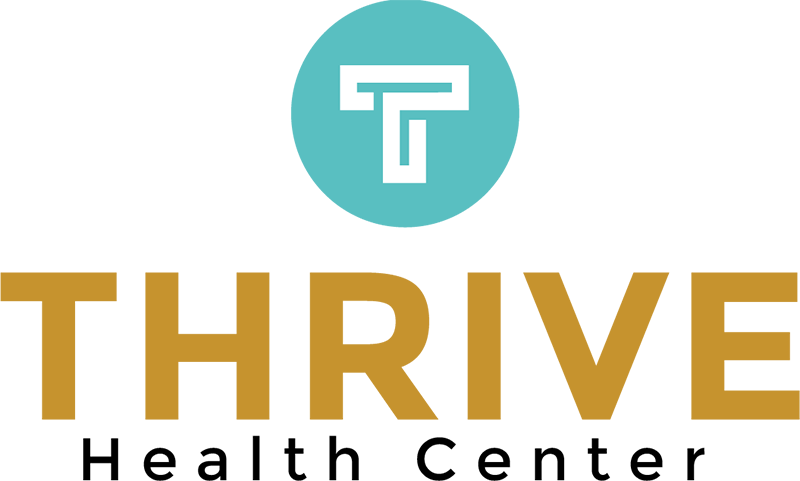A sharp, stabbing pain radiating from your lower back down to your legs could be a sign of sciatica. The sciatic nerve, the longest nerve in the human body, originates in the buttocks and extends to the toes. Chiropractic care is a holistic approach that can alleviate sciatic pain by addressing underlying nerve compression.
Causes of Sciatica
Sciatica arises when surrounding tissues compress the sciatic nerve. This results in unpleasant sensations like numbness, tingling, and pain. Due to its length and position, sciatic pain can be highly disruptive and may hinder your ability to sit, walk, or stand comfortably.
The pain may intensify when sitting, as this stretches the muscles and further compresses the sciatic nerve. The severity of sciatica pain varies among individuals and may be intermittent or persistent.
Sciatica symptoms frequently manifest in the feet, legs, or hips. It is often described as shooting muscle spasms, burning sensation, tingling, numbness, pain, or weakness on one side of the body.
How Chiropractic Care Can Alleviate Sciatica Pain

Sciatica pain can be excruciating, but chiropractic care offers a gentle and natural path to relief. Unlike other treatment options that can be expensive and have adverse side effects, chiropractic care addresses the root cause of the pain without causing further damage. Here is how chiropractors can help alleviate sciatica pain:
1. Diagnosis
Chiropractic care focuses on restoring proper spinal alignment to alleviate pain and improve overall function. When suffering from sciatic nerve pain, a chiropractor will conduct a thorough evaluation to determine the underlying cause.
Chiropractic treatments are non-invasive and drug-free, enabling the body’s natural healing mechanisms to take effect. This can help provide relief without the need for surgery.
2. Massage therapy

Chiropractic massage offers a specialized approach to sciatica pain relief. Unlike a typical spa massage, which is to relax muscles and ease tension, chiropractic massage focuses on the underlying causes of sciatica. It also addresses misalignments and muscle spasms in the lower back and buttocks.
Furthermore, chiropractors understand the musculoskeletal system. This enables them to precisely apply pressure and manipulate muscles to reduce pressure on the sciatic nerve. This approach helps to break up adhesions, release endorphins, and promote deep muscle relaxation, effectively alleviating sciatica pain.
3. Heat and cold therapies
Combining cold and heat therapy, a technique used by chiropractors, can effectively alleviate sciatica pain and provide rapid relief. Heat therapy can relax stiff muscles and reduce pain intensity.
Also, cold therapy helps reduce inflammation by slowing blood flow. Chiropractors are experts who can determine the most appropriate treatment for each patient, whether it is using a single therapy or alternating between both. They can also guide you on the optimal frequency of application.
4. Ultrasound and other modalities
Ultrasound therapy involves the use of high-frequency sound waves to penetrate deep into the body’s tissues. This approach promotes healing through the gentle heat generated. This therapeutic method effectively enhances circulation. As a result, it enhances the healing process while alleviating pain, muscle spasms, swelling, and cramping.
Chiropractors may also use complementary modalities to further reduce sciatica pain. Low-level laser therapy, also known as cold laser therapy, promotes healing by minimizing irritation, swelling or edema, and musculoskeletal pain.
5. Chiropractic adjustments
Spinal manipulations are a technique used by chiropractors to relieve pressure on the sciatic nerve. Restricted spinal movement and misaligned vertebral discs can both be corrected with these adjustments. A rapid, high-speed thrust or a light touch combined with light pressure are the two possible methods.
Also, to prevent further compression of the sciatic nerve, the chiropractor can move the lower back vertebrae with caution using this method. Pain is lessened, and nerve signal transmission and mobility are also restored. Additionally, chiropractors can use manipulations to relax muscular spasms.
6. Chiropractic exercises
Sciatica pain can be made worse by specific movements. Nevertheless, based on the underlying cause of the problem, a chiropractor can suggest exercises. This recommendation can help to prevent sciatic nerve aggravation as well as relieve the pressure brought on by tense, inflamed muscles.
One of these workouts is a stretching exercise done at home. Sciatica pain can also be effectively treated with yoga. For instance, the reclining pigeon pose eases nerve pressure, stretches the piriformis muscle, and lessens irritation.
7. Spinal decompression
Over time, the discs between the vertebrae in your spine can lose moisture and shrink, causing pressure on nerves and leading to pain. Spinal decompression is a chiropractic technique that helps to relieve this pressure and reduce sciatica pain.
This technique involves gently stretching the spine to create more space between the vertebrae, allowing the nerves to move freely.
8. Lifestyle changes
To protect the sciatic nerve’s alignment, chiropractors examine many aspects of your life and recommend changes to how you sleep, stand, sit, and lift objects. By strengthening the back muscles, this advice helps to keep the spinal discs stable.
It is crucial to strengthen the back to lessen the possibility of discs shifting and putting pressure on the sciatic nerve. As such, chiropractic adjustments provide sciatica pain relief by addressing both acute and long-term issues.
Conclusion
Sciatica pain can be debilitating, but it does not have to control your life. With the right diagnosis and treatment plan, you can find relief and get back to living your life to the fullest. Chiropractic care is a holistic approach that can help provide relief from sciatica pain and allow you to get back to the activities you love.












